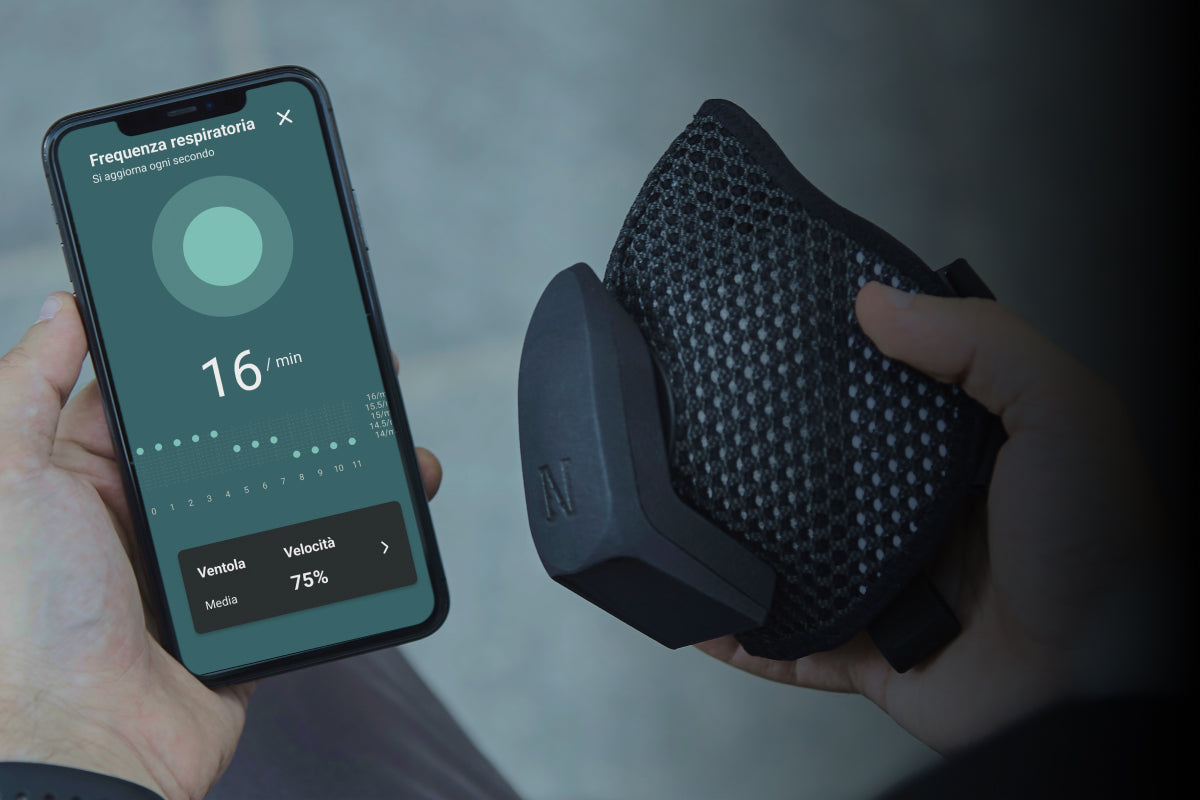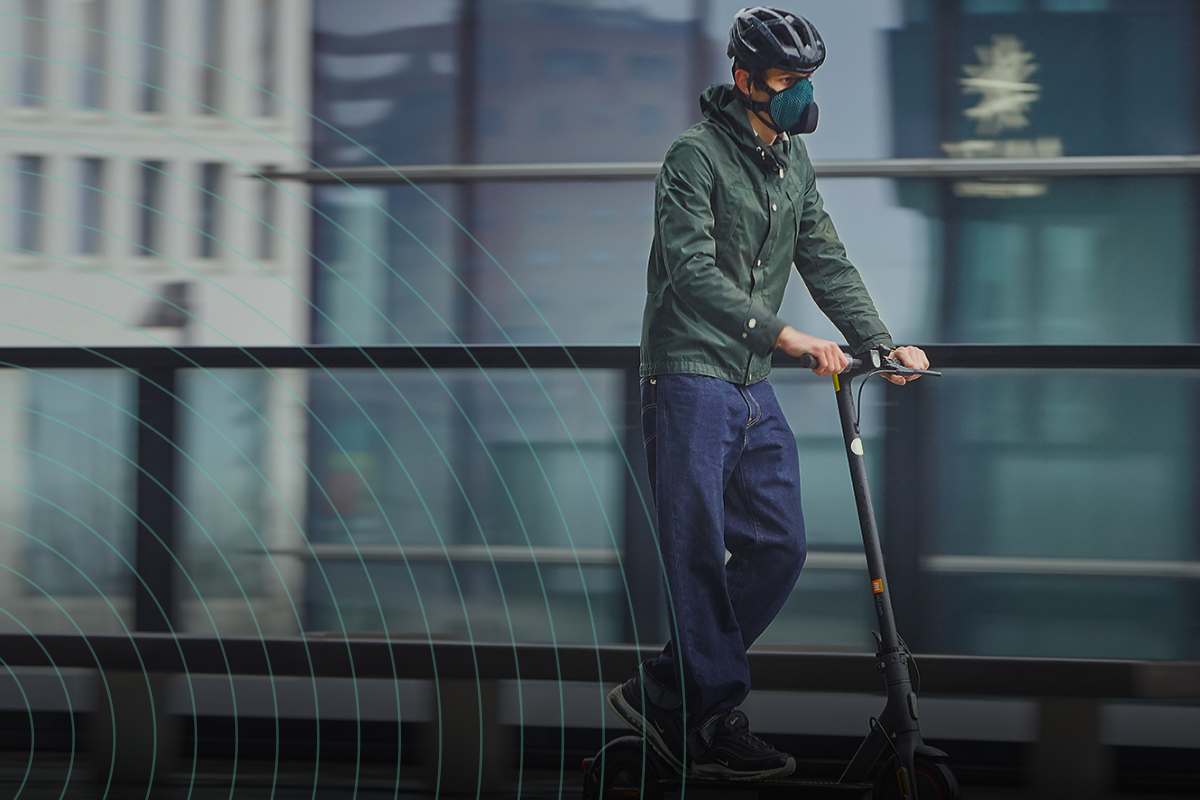What is respiratory rate?
Respiratory rate, a key vital indicator, is the rate at which the human body inhales and exhales air. It is one of the vital parameters that provide valuable information on an individual's health status and the functioning of his respiratory system.
Respiratory rate is the number of complete breaths an individual takes in one minute. It is measured by counting the number of inhalations or exhalations in a specific period of time and then multiplying this number by 60.
Each respiratory act, also called ventilatory act, is composed of:
- Inspiratory phase: generated by the activity of respiratory muscles who participate in the expansion of rib cage
- Expiratory phase: passive, in which the rib cage returns to its starting size thanks to elastic energy accumulated during inspiration
In the spontaneous breathing of a normal subject, the inspiratory phases last half the time of the expiratory phases.
The normal breathing rate for a resting adult is generally between 12 and 20 breaths per minute. However, it may vary depending on factors such as age, level of physical activity, health status and surrounding environment. In infants and young children, the breathing rate may be naturally higher, while in trained athletes it may be lower.
Factors influencing respiratory rate
Respiration rate can in fact be influenced by a series of factors, including:
- Physical activity: Exercise can temporarily increase breathing rate to provide the body with the additional oxygen needed to support muscle activity.
- Emotional state: Anxiety, stress and other strong emotions can affect breathing rate. Breathing may become faster and shallower during times of emotional tension.
- Illnesses and medical conditions: Conditions such as asthma, heart failure, respiratory infections and other conditions can affect your breathing rate, causing your breathing rate to increase or decrease.
Respiratory rate is an important indicator of an individual's health status and is often monitored in clinical settings such as hospitals, doctors' offices and emergency rooms. Significant changes in breathing rate can be a sign of underlying health problems and may require immediate attention from a healthcare provider.
Train your breathing
Correct breathing has a huge impact on our physical and mental well-being and this can positively influence our everyday life. Breathing can be corrected because it depends on the diaphragm: a muscle that can be trained like any other.
By doing sport and paying attention to your breathing you can increase muscle strength and, by being able to control your breathing, you will experience benefits during daily life.

By training and learning to control our breathing it is possible to reduce stress. Our breathing intensifies as our heart rate increases and so does our blood pressure when we are stressed, however, this process can be reversed. Athletes control their breathing to have greater mastery of their body and to improve their performance, this also helps them overcome moments of performance anxiety: by concentrating on their breathing and slowing it down they reduce their heart rate and calm themselves down.
To be able to achieve correct breathing it is useful to monitor and measure the respiratory rate throughout our day.
How is respiratory rate measured?
Respiration rate measurement can be done in several ways. The most common method is to observe the movement of the chest or abdomen as a person breathes. This can be done visually or through the use of devices such as a pulse oximeter, which also measures blood oxygen saturation, or through motion sensors built into some medical devices. Furthermore, the use of devices to monitor one's health such as bracelets or smartwatches is increasingly frequent and have become an integral part of the market.
These products guarantee detailed information on our health, however, only some of them are dedicated to monitoring our breathing .
Narvalo Active Shield: the smart device to detect your breathing
Narvalo's goal is ensure excellence in the filtration and respiratory comfort industry by fully understanding the importance of the air we breathe . This is why we are committed to the study of our products, to guarantee excellence in the filtration and respiratory comfort industry, as in the case of Active Shield .
Narvalo's Active Shield is the smart device capable of detecting breathing frequency , a fundamental indicator for evaluating one's well-being, leading to a new awareness of breathing capable of bringing benefits to our body . Thanks to its electronic fan, it ensures a greater quantity of filtered air inside the mask, allowing easier breathing and through the dedicated application it provides real-time data on the user's respiratory performance .

Respiratory rate is an essential element of human life: by monitoring it and learning to control it it is possible to improve the quality of our daily life. Optimize the use of your lungs and focus on your breathing, take control of your breathing and your body !



Leave a comment
All comments are moderated before being published.
This site is protected by hCaptcha and the hCaptcha Privacy Policy and Terms of Service apply.